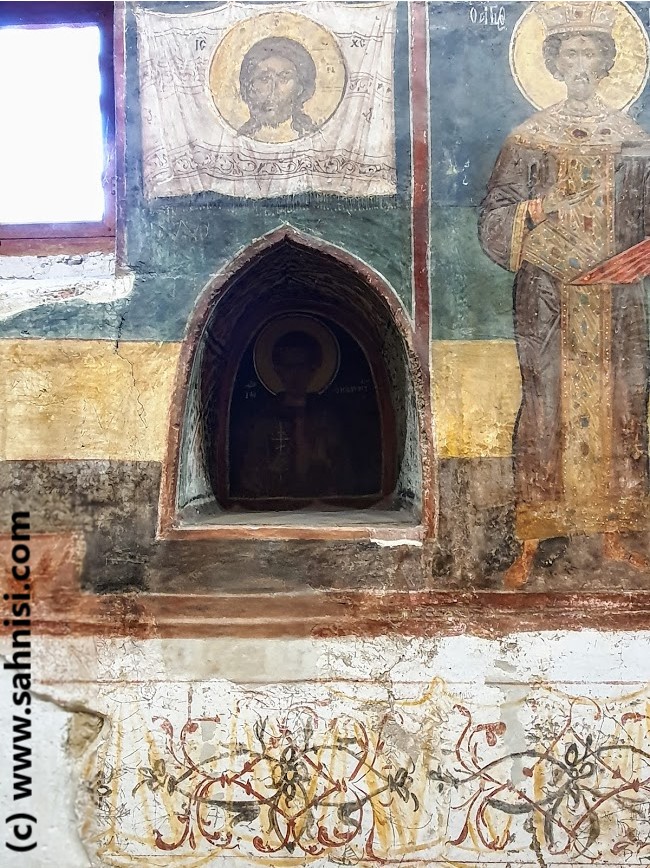The word ”Byzantine” starts having little or no meaning now, since we are talking about a 17th century church, thus built long after the fall of the Byzantine Empire. Still, we still use the same family of posts, since it carries the influence of the past churches. But it diverges from the others through its simplicity and there is nothing recognizable from the glory of the churches we presented in the previous episodes (see Part I, Part II, Part III).
First of all, we are now in 1609, under Ottoman rule, when Christians are not allowed to build sumptuous churches anymore in Nessebar. The local laws prohibit construction of Christian churches higher than a horse rider. Not to mention that the Orthodox community of Nessebar, consisting of Bulgarians and Greeks was poor, trade had seriously declined in importance and coverage and building of costly edifices was anyway impossible. Things would improve in the 18th century, during the economic reviving and in the 19th century, with the liberation from the Ottoman yoke. Hence, here stands a very modest building, raised at the beginning of the 17th century. From outside the viewer is tricked into believing that this is an unimportant church. There are no lavish ceramic decorations and no opus mixtum, but only brick and mud. There is no complex plan, this is only a single nave church that used to have a narthex attached to the north wall, now long gone. There is no dome, no belfry, but only a two-sloped roof. Humble and simple, this church does not announce anything impressive.

As the visitor steps inside, a different world is unveiled. The tiny church has beautiful paintings, hidden niches, amazing intricated motifs, painted on its walls. The entrance is on the north wall (where the narthex used to be) and this is the reverse view from the inside looking at the entrance door.

The structure of the paintings on the walls resembles the same approach as the Church of St. Stephen, possibly disclosing a common painter. There are painted icons at the eye level, so that the yes can capture the beauty of the paintings. The archangels and other saints occupy the central row, while various biblical scenes are painted on the top row. Below the saints, there are the same type of drawings we found in St. Stephen, quatre-foil drawings with diverse colors, vegetable motifs following and Oriental influence.



Paintings, niches and the ”calico”-like drawings on the walls of Church of St. Spas
The inscription (”nadpis”) is written in Greek language, with Cyrillic alphabet.

This concludes the series on the Nessebar churches of Byzantine influence, a story starting as early as the 5th century and gloriously ending in the 17th century.